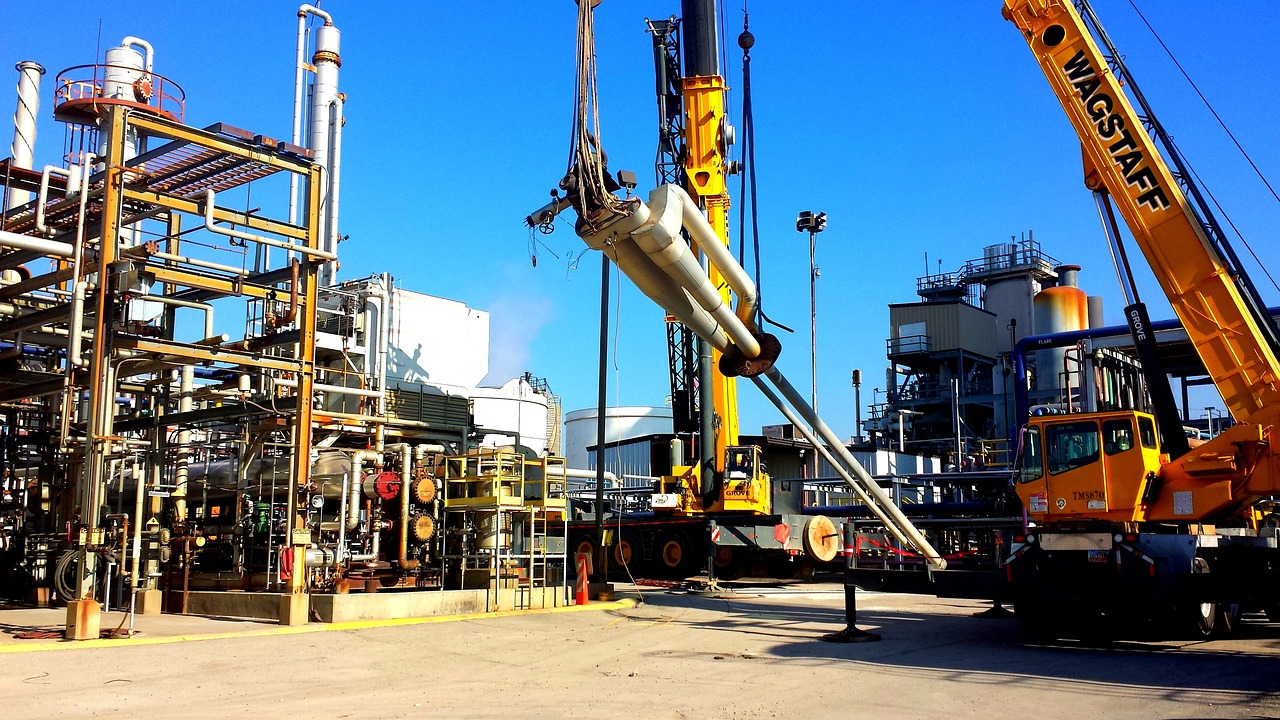If you’ve been following the private equity space, you may have heard of Carlyle’s recent struggle to bolster their buyout fund. The investment firm had set its sights on a $25 billion target but failed to achieve it despite their best efforts. This news has sent ripples across the industry, leaving investors and analysts alike wondering what went wrong. In this blog post, we’ll dive deep into Carlyle’s journey towards boosting their buyout fund and uncover some valuable insights into why the deal didn’t come through. So fasten your seatbelts as we explore this intriguing story!
Carlyle’s buyout fund struggles
Carlyle’s buyout fund has been struggling to raise money from investors, and the failed deal with CIT Group is a clear example of this. Carlyle had hoped to use CIT’s $3 billion investment to help bolster its own funds, but the deal fell through when CIT balked at some of the terms.
This struggle is indicative of a larger problem for Carlyle, which is that many investors are no longer willing to put money into buyout funds. The global financial crisis has made them much more cautious about investing in private equity, and they are demanding higher returns and more transparency from firms like Carlyle.
Carlyle is not the only firm having difficulty raising money for its buyout fund; other well-known firms like Blackstone and KKR have also been struggling. This lack of funding could limit the number and size of deals that these firms can do in the future, which could have a negative impact on the economy as a whole.
Why the deal failed
The deal between Carlyle Group and Chinese conglomerate Citic failed for a number of reasons. First, Carlyle was unable to secure the necessary financing from Citic. Second, Carlyle’s current investors were unwilling to commit more capital to the deal, given the uncertain economic environment. Finally, Carlyle was unwilling to meet Citic’s demands for greater control over the management of the fund.
How this affects Carlyle’s future
It is clear that Carlyle’s failed deal to bolster its buyout fund will have long-term effects on the firm. For one, it will likely make it difficult for Carlyle to raise money from investors in the future. This is because investors will now be aware of Carlyle’s financial troubles and may not want to invest in a firm that is struggling to raise capital. Additionally, this failed deal will also damage Carlyle’s reputation in the industry. Other private equity firms will now view Carlyle as a weak player and may be less likely to do business with the firm in the future. Lastly, this event will also make it harder for Carlyle to attract top talent. Many people who work in private equity want to work for a successful and well-respected firm – something that Carlyle may no longer be seen as after this failed deal. In sum, Carlyle’s failed attempt to raise additional funds through a new buyout fund will have far-reaching consequences for the firm.
Insights into the failed deal
In the wake of the failed deal between Carlyle Group and CIC, both firms have released statements providing insights into the reasons for the collapse.
CIC stated that it was unable to agree on key terms with Carlyle, including price and governance arrangements. The firm also cited concerns about potential conflicts of interest, given that Carlyle manages a number of CIC’s investments.
Carlyle, for its part, blamed CIC for walking away from what it called a “sound and compelling” offer. The group said that it had put forward “a fair and attractive proposal” that would have seen CIC invest $2 billion in a new Carlyle fund.
It is clear from both statements that there were a number of issues at play in the failed deal. However, the most significant factor appears to be price. Carlyle was unwilling to meet CIC’s demands on this front, leading to the breakdown in negotiations.
Conclusion
The Carlyle Group’s failed attempt to bolster its buyout fund is a timely reminder of the need for investors and financial institutions to exercise caution when embarking on potentially risky deals. With careful due diligence, such as analysis of the target company’s past performance and potential risks, it is possible to mitigate some of those risks while still making sound investments that would ultimately benefit both parties involved. By understanding the lessons learned from this particular failure, we can ensure that future investments are well-informed decisions made with greater clarity into their prospects.











